Illustrated Landscape | Quick Plant Design Misunderstandings!!
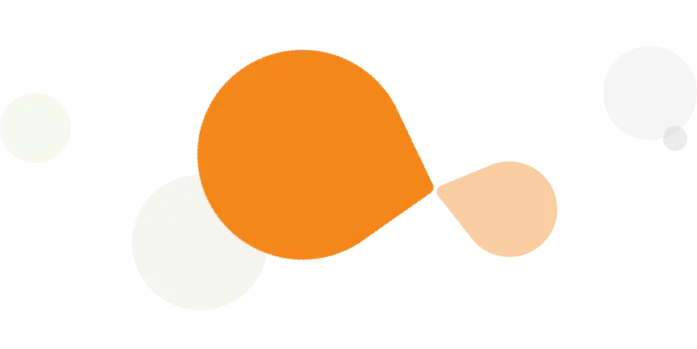
Hello everyone, happy Wednesday~
Your old friend Illustrated Landscape is back!
Today, let’s start with one of the most troubling problems:
Floor plan plant design
Provide a learning direction for friends
Plant Design
Planting Design
Let’s take a look at the following set of floor plans. In terms of plant design, which one do you like best?
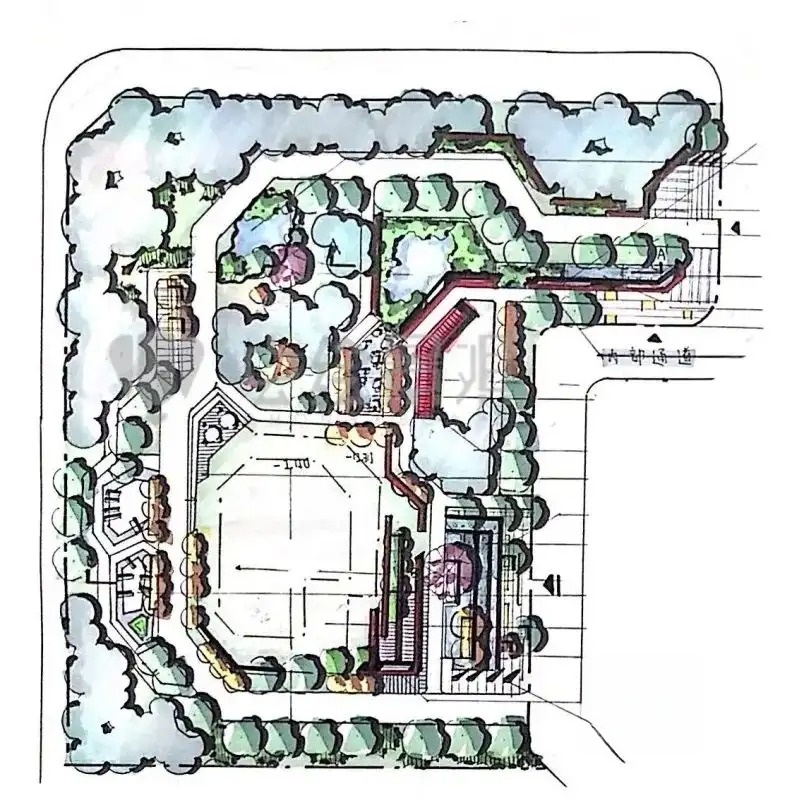

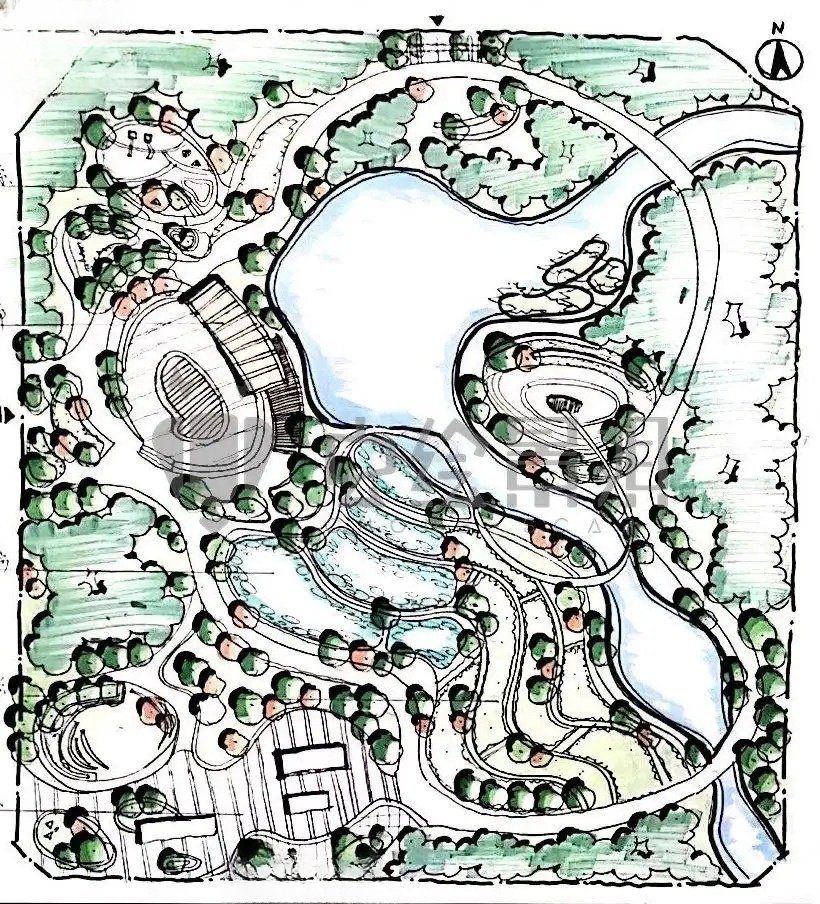
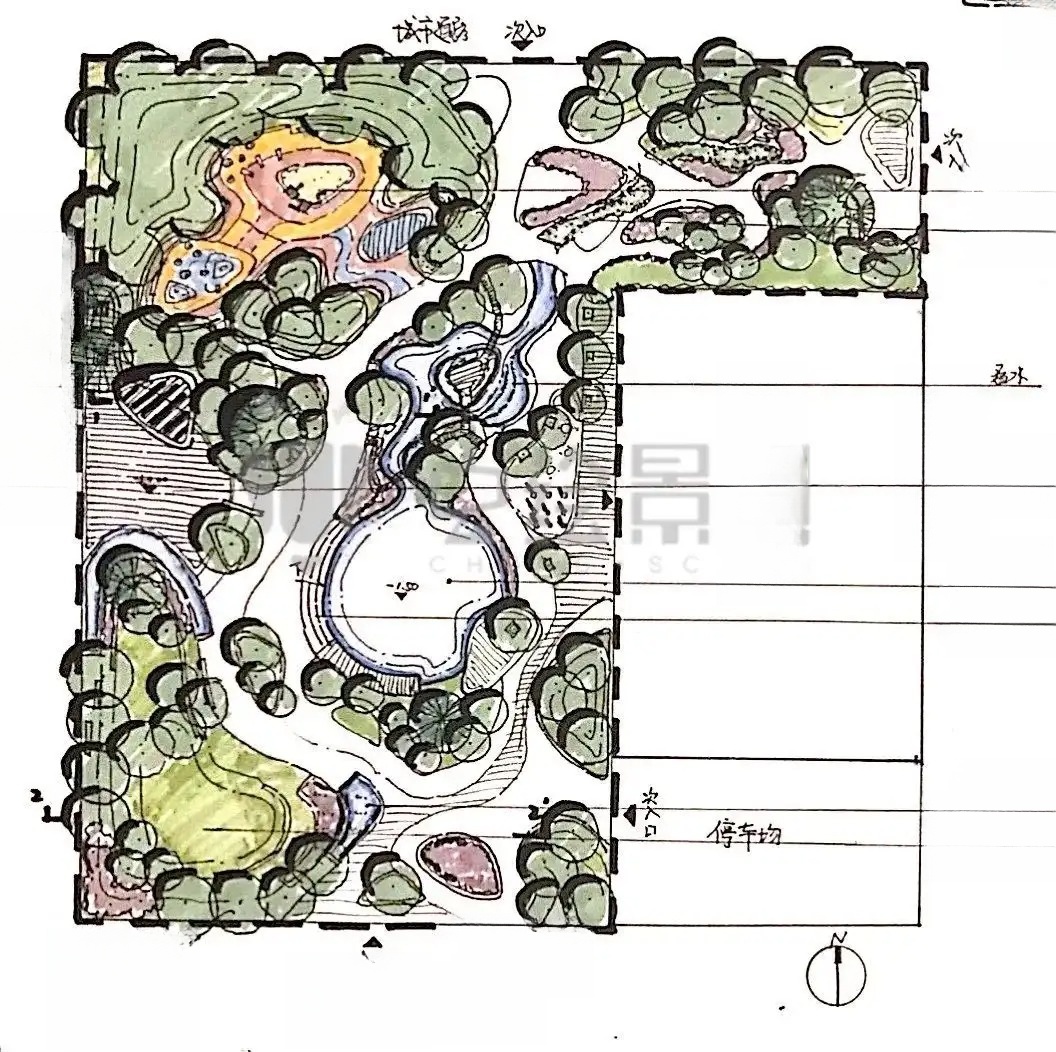

Obviously, most students like Figures 3 and 4. This is not accidental, because these two pictures have very clean and clear plant structures and expression techniques. The specific reasons will be discussed later.
Of course, some students may ask: The plants in Figure 2 also look good. The choice of which one is entirely based on style , right?
For this question, I just want to say: Don't worry, it has nothing to do with style orientation. Why? Read on.
PLANTING MYTHS

Design Mistakes
Myth 1
Rich legend = rich space?
When students first start learning quick sketches, many use the wrong learning methods and steps, and they hope to make rapid progress by copying so-called "excellent quick sketches".
In addition, everyone is very smart and cleverly discovered that "wow, everyone's quick sketches have rich plant spaces, and there are many illustrations." This is the first misunderstanding - "rich illustration changes = rich plant space = excellent quick sketches" .
But in fact, the plant space is not enriched by the changes/number of illustrations, but by the combination of plants. Even if a node has only 1-2 kinds of plants, a rich and practical plant space can be formed through the combination of plant size and position.
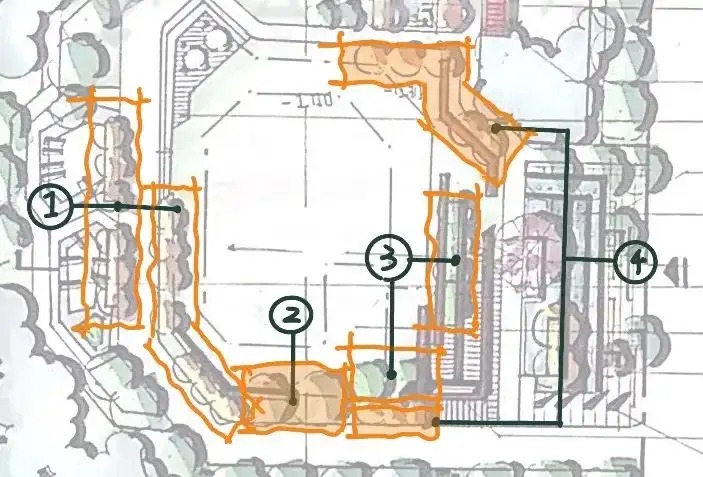
Figure 1 belongs to this type. Although the illustrations are beautiful and varied, a closer look reveals that although there are 4 illustrations, all plants have almost the same function, creating a dull and boring space.
Therefore, this kind of plant design is just graphic design, not considering the plants from a three-dimensional perspective. How can a design that does not consider the use of space be called a good design?
Myth 2
Each plant configuration
"Exquisite Group"
"Exquisite clusters" are what we often call groups of trees, shrubs and grasses. When expressed in a plane, they usually involve multiple plant legends, plant spatial position relationships, and broken line expressions of ground cover plants. They are more suitable for visual focus or plant isolation .
Some students went to this extreme. After learning this method of arranging plant groups, they wanted to use it everywhere on the plane .
As shown in Figure 5, the visual center of the plant space along the stream is almost entirely given over to the delicate plant groups, which looks cramped and out of place with the atmosphere .
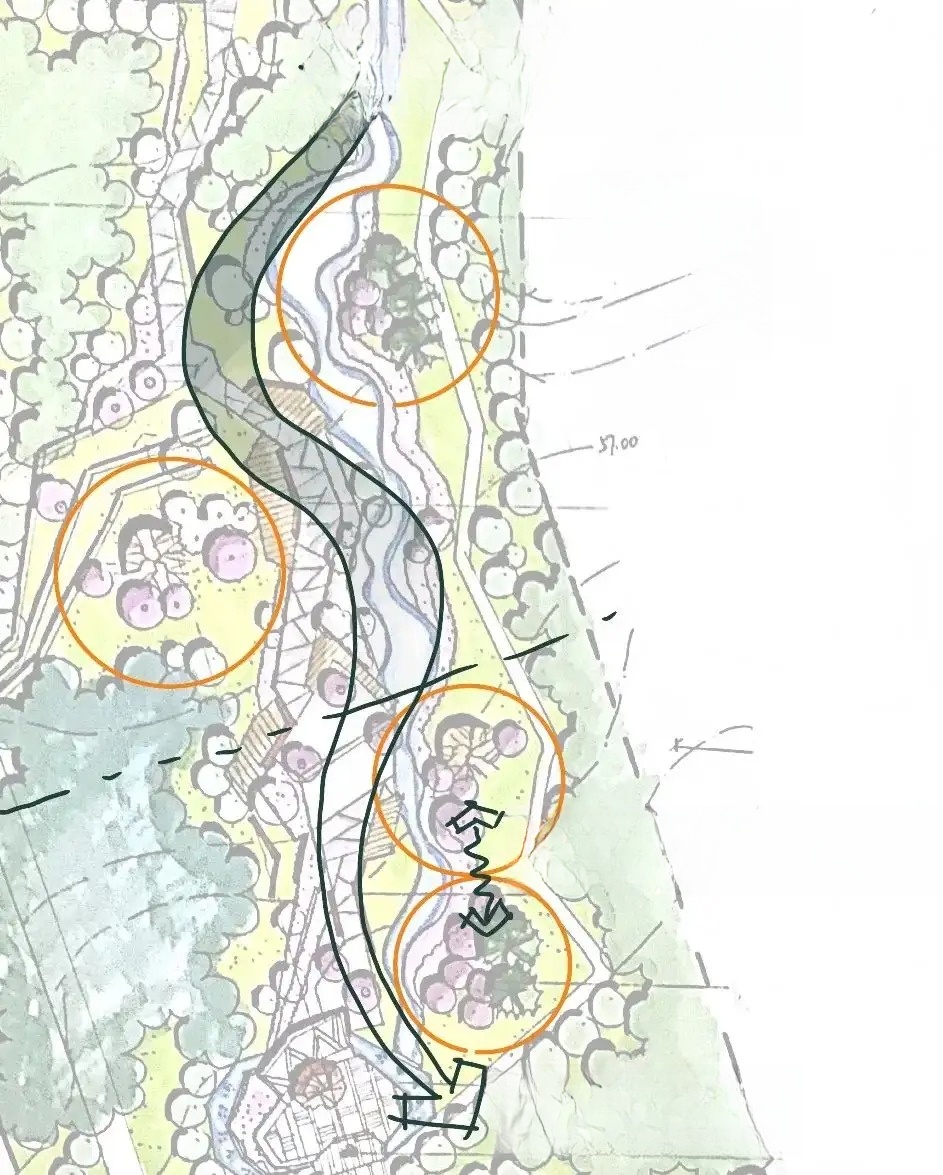
It is not impossible for "exquisite grouping" to appear in the plane, but we should pay attention to two points when using it:
① Determine whether the space atmosphere is suitable for use;
②Do not use on a large area or in multiple places.
Taking Figure 5 as an example, the closer to the top of the mountain, the more ecological the landscape and atmosphere should be, but the exquisiteness of the group configuration and the wild growth of ecology do not seem to match.
Therefore, the plant landscape along the stream continues to use clustered forms, which is not only monotonous but also inconsistent with the atmosphere.
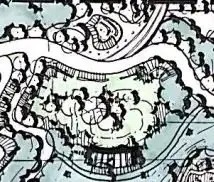
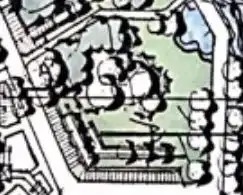
The two plant groups in the picture above are not used on a large area. One uses a large open lawn as the background to form a visual center (left picture); the other uses an enclosed leisure lawn as a carrier, which is more friendly (right picture). You can also refer to it.
Myth 3
Plants as filler tools?
The third misconception, which causes the most victims, is that plants are tools for filling space .
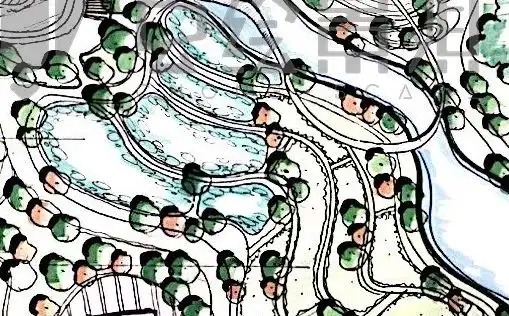
For example, in Figure 6, several scattered trees are evenly planted on the lawn on one side of the waterfront terrace. Plant designs like this are just to fill the plane and make the terrace look less "empty" .
It can be imagined that in three-dimensional space, the presence or absence of these trees does not have much impact.
So what is the correct way to draw it? After a slight modification⬇️, you can see that the modified picture distinguishes two types of plant spaces through the contrast between cloud trees and row plants , and walking in the sequence will produce different experiences.
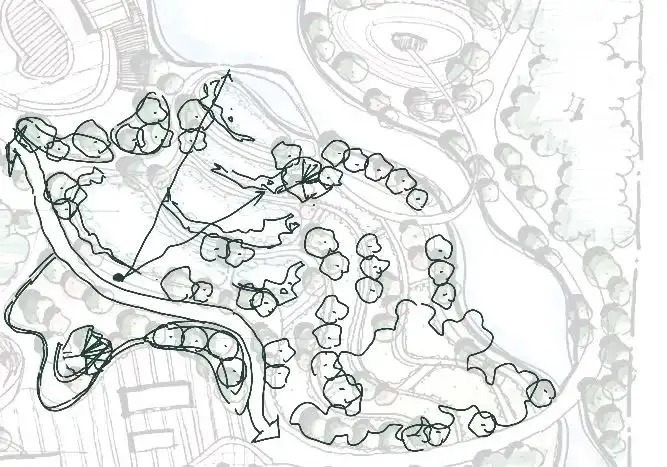
Then determine a plant visual center through important viewpoints to stand out from the rows of plants. After the modification, the space of this plant has changes and emphasis, and the entire terrace space will not appear flat.
Many friends who have taken the Landscape Insects series of classes or open classes have more or less absorbed the design system of insect painting, understood the importance of plant design, and know that plants should not be used as tools for quick sketches . However, they may think in their hearts -
I can’t do it!!!
Knowing and doing are two different things!!
In fact, when many students draw, they always unconsciously plant plants in places where there is nothing to draw. Especially when there are too many empty spaces, the stiffness created by filling them with plants is really strong!
Therefore, it is very important to form good design ideas and steps. In the bubble diagram stage, plants and space should be considered together . For the steps of plant design, you can read the book "Elements of Landscape Design" (click here ) .
Finally, let’s summarize the common misunderstandings of quick-title plant design:
Rich plant legend = rich space ❌
Every plant must be carefully designed ❌
Use plants as fillers ❌
Beginners must abandon these wrong ideas when doing plant design, but once ideas and habits are formed, they are difficult to change, so you must subconsciously control your hands that design casually. After solving this step, I believe your plant design will improve by leaps and bounds!
In the next issue of illustrated landscape, we will explain how to reduce plant design in response to these misunderstandings. See you next time!
Photo | Chonghui students, Bola man
Text | Bola Dahan